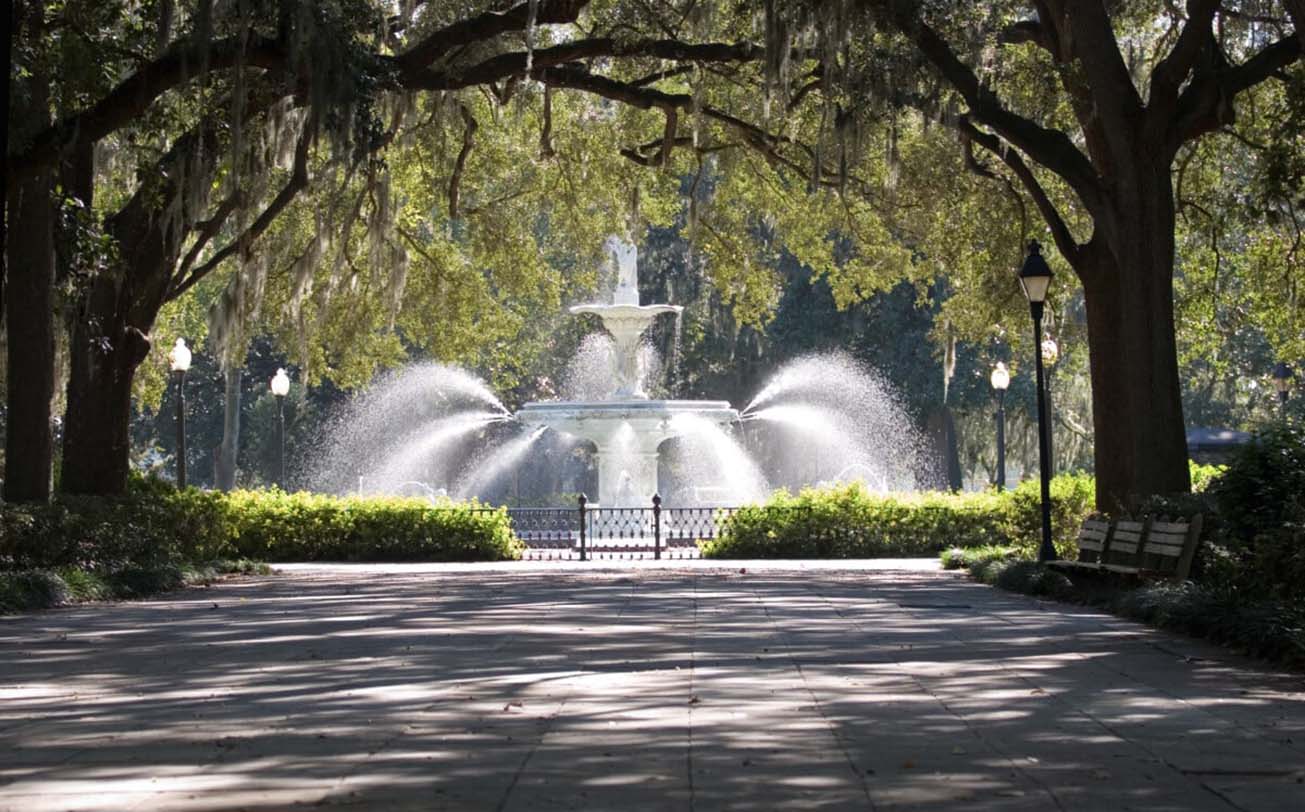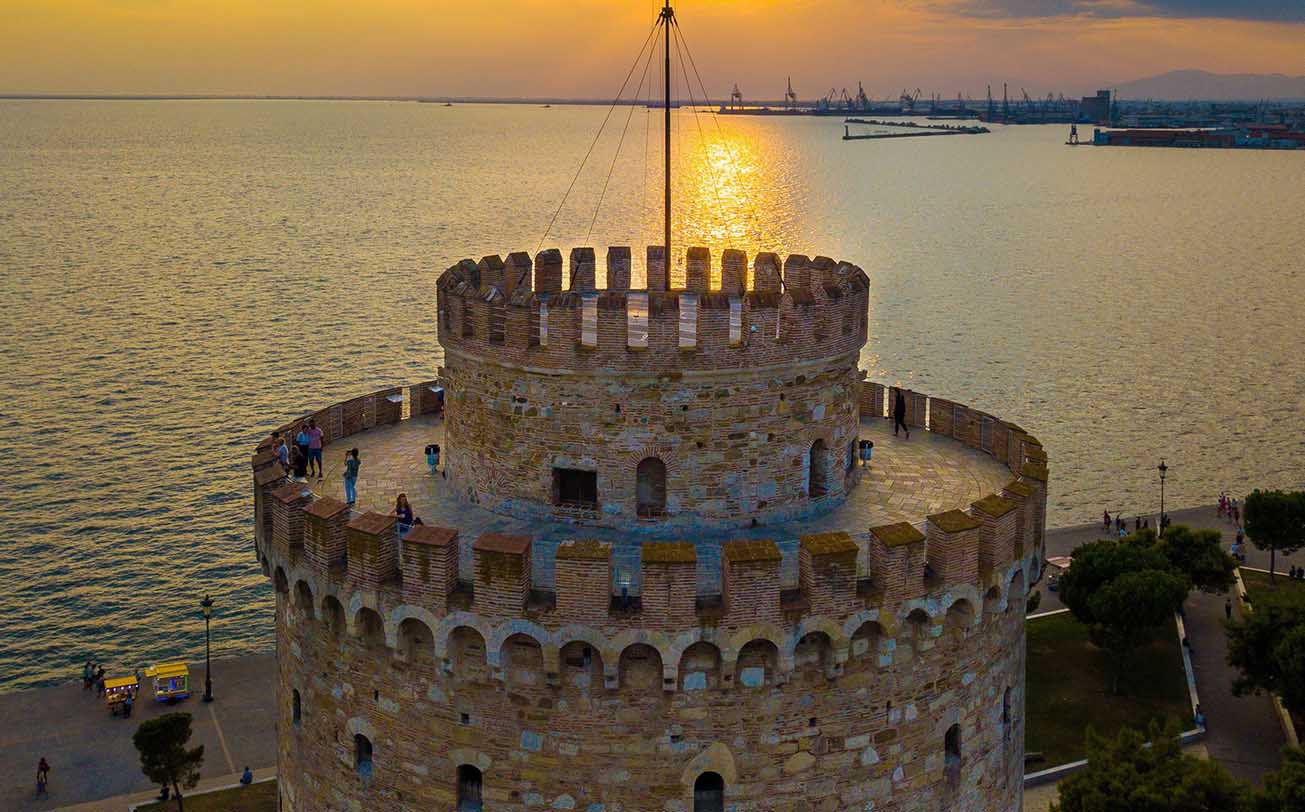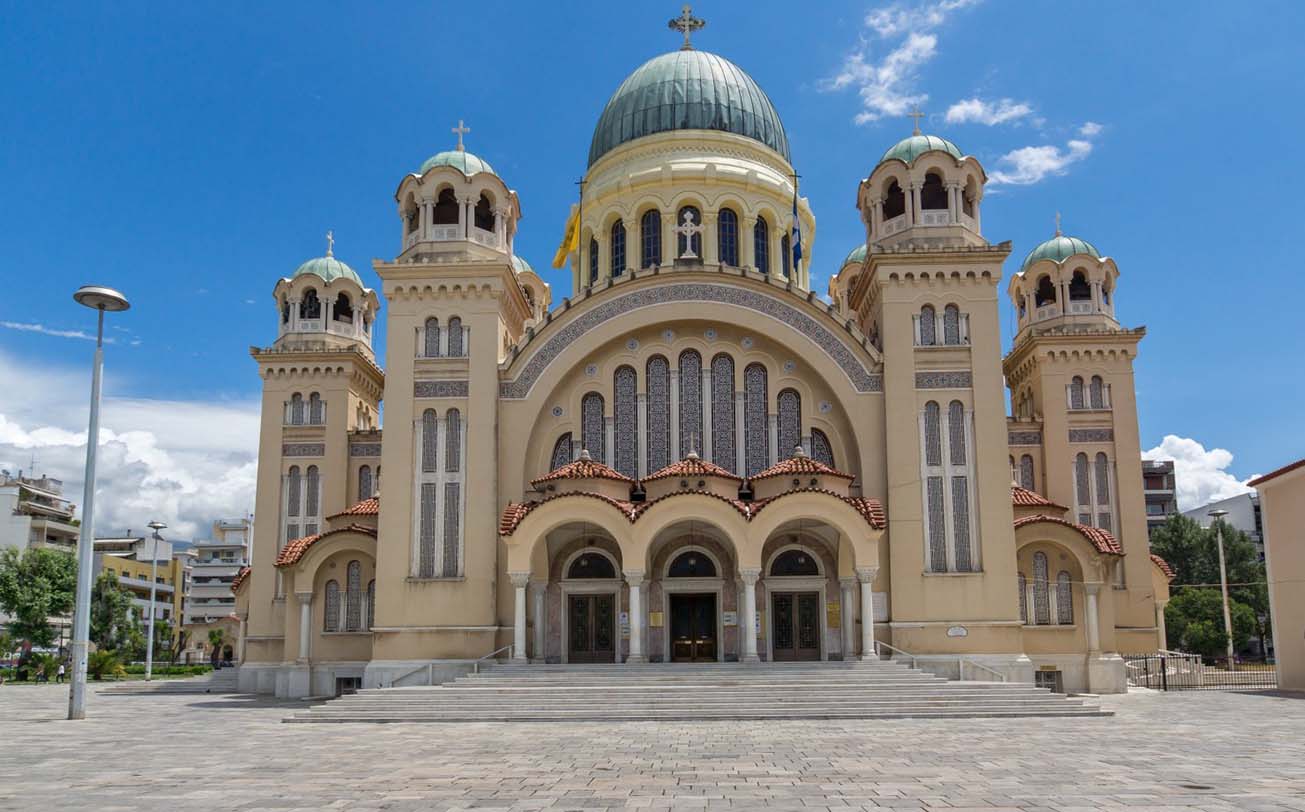I’ve had the privilege of visiting a plethora of remarkable destinations across the globe. However, few places have etched themselves into my memory quite like Savannah’s Historic District. Nestled in the heart of Georgia, this enchanting district stands as a living testament to the intricate tapestry of American history, harmoniously blending Southern charm with a treasure trove of historical significance.
I will share my firsthand experiences from my visits to three iconic locales within the Savannah Historic District. Furthermore, I will provide recommendations for four must-visit sites, delving into their historical relevance, services offered, advantages, disadvantages, precise geographical coordinates, and my personal ratings. Additionally, I will offer insights into the best platforms for booking accommodations and experiences in Savannah.
My Personal Experiences:
- Forsyth Park: An Urban Oasis Amidst History
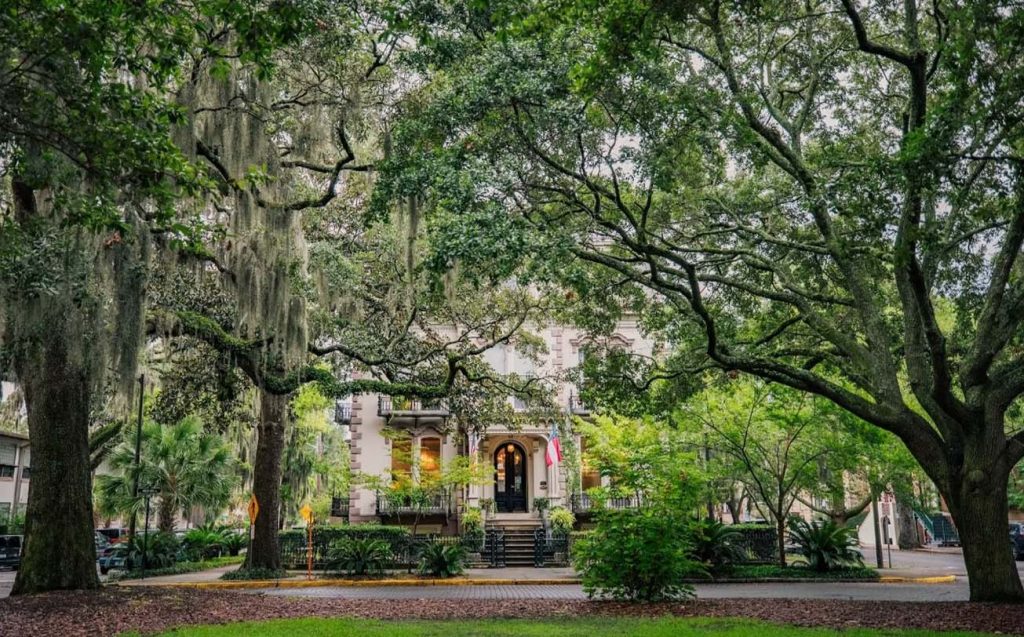
Forsyth Park, an exquisite 30-acre urban park, provides a lush haven amidst the historical grandeur of Savannah. As I ambled through its tree-lined pathways, I was captivated by its picturesque beauty. The park is centered around the iconic Forsyth Fountain, an ornate white cast-iron fountain that instantaneously transports visitors back in time.
Experience: Forsyth Park offers a tranquil respite from the bustling city streets. As a history enthusiast, I was delighted to learn that this park has witnessed countless historic events, including Civil War encampments and speeches by prominent figures. The fragrant gardens, open lawns, and the serenity of Forsyth Park made it the perfect spot for a leisurely picnic. I was particularly drawn to the Fragrant Garden, a sensory delight filled with aromatic plants, and I spent a delightful afternoon here, immersed in time.
Services: The park offers basic amenities, including restrooms, picnic areas, and walking paths. While it lacks some of the advanced facilities you might find in larger urban parks, its historical significance and serene beauty more than compensate for this.
Advantages: Forsyth Park’s central location within the Historic District makes it easily accessible on foot or by bike. It’s the ideal place to unwind and recharge, surrounded by lush greenery and historical charm.
Drawbacks: The park can get quite crowded during peak tourist seasons, which may limit the sense of tranquility you seek. Additionally, the absence of more advanced amenities may not suit all visitors.
Geographical Location: Forsyth Park is located in the southern part of the Historic District, at 2 W Gaston St, Savannah, GA 31401.
Recommendation Index: I rate Forsyth Park 4.5 out of 5. While it lacks some modern conveniences, its historical significance and natural beauty make it a must-visit spot.
- Bonaventure Cemetery: A Hauntingly Beautiful Resting Place
Bonaventure Cemetery, situated just east of the Savannah River, is not your typical graveyard. This is a place where the past comes to life amidst striking moss-draped oaks and elaborate funerary art. As I walked through this historic cemetery, I couldn’t help but feel the presence of those who had come before me.
Experience: The Bonaventure Cemetery is a profound journey through time. As I wandered among the ornate gravestones and tombs, I was particularly moved by the Bird Girl statue, which gained fame from the cover of John Berendt’s novel, “Midnight in the Garden of Good and Evil.” The cemetery’s haunting beauty and historical significance offer a unique perspective on Savannah’s past.
Services: The cemetery provides guided tours for those who wish to delve deeper into its history and stories. However, I chose to explore it at my own pace, and the signage and maps available were helpful for self-guided tours.
Advantages: Bonaventure Cemetery is a place of quiet reflection and an opportunity to connect with Savannah’s history on a profound level. It’s an experience that’s both educational and emotionally moving.
Drawbacks: Some visitors may find the cemetery’s ambiance unsettling or eerie. It’s important to approach this destination with respect for the deceased and their families.
Geographical Location: Bonaventure Cemetery is situated on the southeastern edge of Savannah, at 330 Bonaventure Rd, Savannah, GA 31404.
Recommendation Index: I rate Bonaventure Cemetery 4.7 out of 5. It’s a unique and historically rich site, but it may not be for everyone due to its cemetery nature.
- Sorrel-Weed House: Unraveling Savannah’s Haunted Past
Savannah is renowned for its haunted history, and the Sorrel-Weed House offers an eerie yet captivating glimpse into the city’s supernatural legends. This historic house is known for its paranormal activity and architectural beauty.
Experience: Myvisit to the Sorrel-Weed House was nothing short of fascinating. The guided tour took me through the house’s well-preserved interiors, showcasing period-appropriate furnishings and design. The knowledgeable guide shared stories of the Sorrel-Weed family’s history, including tales of tragedy and hauntings. The house’s ambiance and the spectral tales woven into its history added a layer of mystique to my exploration.
Services: The guided tours are both informative and entertaining. They provide a well-rounded view of the house’s history, architecture, and its reputation as one of Savannah’s most haunted places. Photography is permitted during the tour, and the guides are open to questions.
Advantages: The Sorrel-Weed House offers a unique perspective on Savannah’s history, blending architectural and supernatural elements. It’s an excellent choice for those intrigued by the city’s ghostly legends.
Drawbacks: This attraction may not be suitable for those who are easily spooked or have no interest in the paranormal. Some visitors might find the tour’s focus on hauntings off-putting.
Geographical Location: The Sorrel-Weed House is situated in the northwest corner of the Historic District, at 6 W Harris St, Savannah, GA 31401.
Recommendation Index: I rate the Sorrel-Weed House 4.3 out of 5. It’s a unique experience for those with an interest in the supernatural and historical architecture, but it may not appeal to everyone.
Recommendations:
- Historic River Street: The Heartbeat of Savannah
Historic River Street is a bustling hub of activity along the Savannah River, offering a vibrant atmosphere filled with shops, restaurants, and entertainment. This cobblestone street is a must-visit for its historical significance and lively ambiance.
Historical Significance: River Street is a living testament to Savannah’s maritime history, having served as a bustling port in the 18th and 19th centuries. The historic buildings along the street have been beautifully restored, housing a variety of shops and eateries.
Services: River Street provides a wide array of services, including dining, shopping, and entertainment options. You can explore the local shops, dine at a riverside restaurant, or even take a scenic riverboat cruise.
Advantages: The street’s prime location along the riverfront makes it easily accessible for tourists. It’s a great place to soak in the city’s history while enjoying a lively atmosphere.
Drawbacks: River Street can get quite crowded, especially during weekends and peak tourist seasons. Visitors should be prepared for the crowds.
Geographical Location: Historic River Street runs parallel to the Savannah River, starting at W Bay St, Savannah, GA 31401.
Recommendation Index: I rate Historic River Street 4.8 out of 5. Its historical significance, vibrant atmosphere, and numerous amenities make it a top choice for any visitor to Savannah.
- Wormsloe Historic Site: A Glimpse of Georgia’s Colonial Past
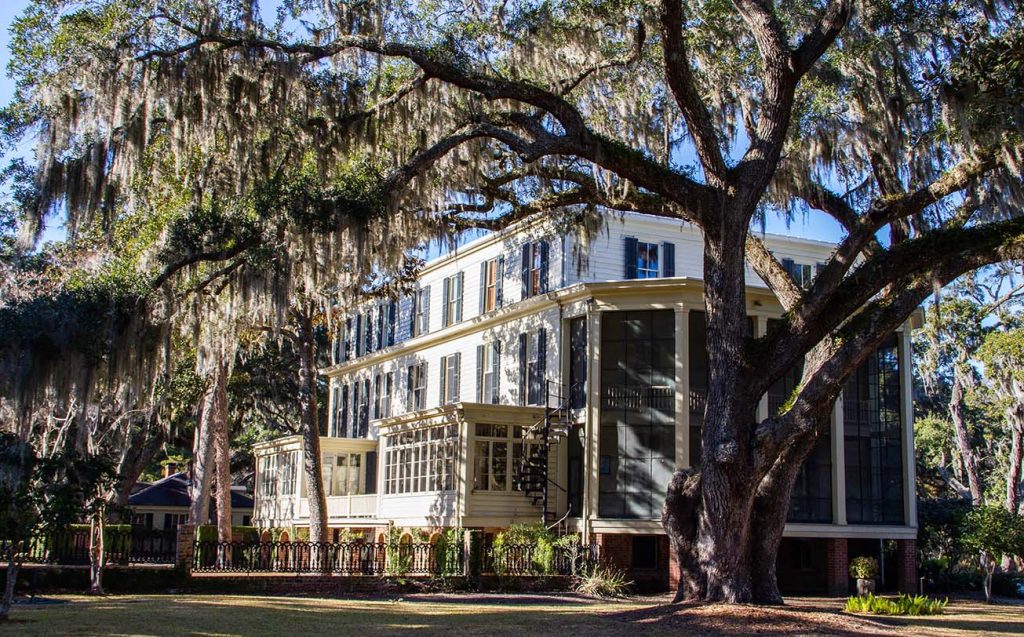
Wormsloe Historic Site offers a unique opportunity to step back in time to Georgia’s colonial era. It is home to the impressive Wormsloe Plantation, where you can explore colonial ruins and a breathtaking oak-lined avenue.
Historical Significance: Wormsloe Plantation is one of Georgia’s oldest and most important historical sites. It provides a glimpse into colonial life in the 18th century, with its tabby ruins, museum, and the iconic oak-lined entrance.
Services: The site offers guided tours that provide in-depth historical information. You can explore the museum, walk the oak-lined path, and visit the ruins at your own pace.
Advantages: Wormsloe Historic Site is an excellent destination for history enthusiasts, providing a window into Georgia’s colonial past and the history of plantation life.
Drawbacks: The site is relatively secluded, and some may find it less accessible than the attractions within the Historic District.
Geographical Location: Wormsloe Historic Site is located in southeastern Savannah at 7601 Skidaway Rd, Savannah, GA 31406.
Recommendation Index: I rate Wormsloe Historic Site 4.6 out of 5. Its historical importance and unique colonial perspective make it a valuable addition to your Savannah itinerary.
- Savannah History Museum: Unveiling the City’s Past
The Savannah History Museum is a comprehensive exploration of the city’s rich history, making it an ideal starting point for your visit to the Historic District.
Historical Significance: This museum presents a thorough overview of Savannah’s history, from its founding to modern times. It features exhibits on the Revolutionary War, Civil War, and other significant events in the city’s past.
Services: The museum provides self-guided tours, and it’s an excellent way to gain a deeper understanding of Savannah’s history before exploring the district. It also includes the Battlefield Memorial Park, which commemorates the Revolutionary War.
Advantages: The museum is conveniently located in the Historic District and offers an engaging, educational experience for visitors interested in Savannah’s history.
Drawbacks: While the museum is informative, it may not provide as immersive an experience as exploring the actual historical sites within the district.
Geographical Location: The Savannah History Museum is situated in the western part of the Historic District at 303 Martin Luther King Jr Blvd, Savannah, GA 31401.
Recommendation Index: I rate the Savannah History Museum 4.4 out of 5. It’s a valuable resource for history buffs looking to understand the city’s past, though it complements rather than replaces exploring the actual historic sites.
Booking Platforms and Personal Insights:
When planning a visit to Savannah, it’s essential to choose the right platform for booking accommodations and experiences. Here are some personal insights and recommendations:
Booking Accommodations:
- Booking.com: I’ve found Booking.com to be a reliable platform for reserving accommodations in Savannah. It offers a wide range of options, from historic inns to modern hotels. The user reviews and detailed property descriptions are helpful for making informed choices.
Booking Experiences:
- Viator: Viator is an excellent platform for booking guided tours and experiences in Savannah. Whether you’re interested in historical tours, ghost walks, or riverboat cruises, Viator provides a variety of options. The reviews and ratings on the platform help you select the best experiences.
Personal Insights:
- Savannah’s Historic District is best explored on foot or by bike. The district’s layout and historic charm make it a pleasure to wander its cobblestone streets and squares.
- Be prepared for the city’s warm and humid climate, especially during the summer months. Staying hydrated and wearing comfortable clothing is essential.
- Savannah is a city of stories and legends. Take the time to chat with locals, as they often have fascinating tales and insights to share.
Savannah’s Historic District is a treasure trove of American history and charm. My visits to Forsyth Park, Bonaventure Cemetery, and the Sorrel-Weed House were richly rewarding, and I hope my recommendations for Historic River Street, Wormsloe Historic Site, and the Savannah History Museum will enhance your visit. Remember that Savannah is a city of stories, and the best way to uncover its rich history is by immersing yourself in its streets, squares, and landmarks. Enjoy your journey through time in this captivating city.
